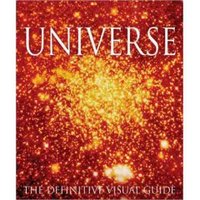

There are so many interesting books on the new book shelf today! The very impressive, 10-volume ENCYCLOPEDIA OF INORGANIC CHEMISTRY, edited by Bruce King, can keep you happily occupied for hours . Described as "the ultimate resource on inorganic chemistry - new and completely revised, 10 years after publication of the first edition." For the complete list of articles, author and editorial information and the contents from actinides to zirconium, visit: www.wiley.com/eic2.
Other books on display include the stunningly visual UNIVERSE by Robert Dinwiddie and the data rich ONCOGENOMICS HANDBOOK from Humana Press. Glaciation, plasma physics, endocrine agents, microbiology, enzymology, neurobiology, population ecology... it's all there on the new book shelf. Take a look!
